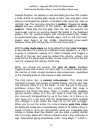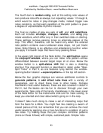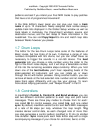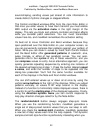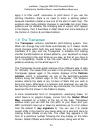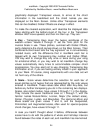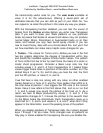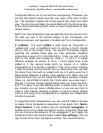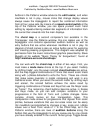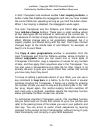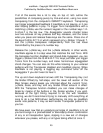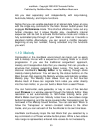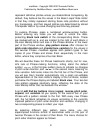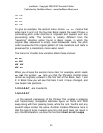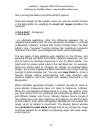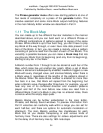maxWerk - Copyright 2000-2007 Amanda Pehlke
Published by RedMoon Music - www.RedMoon-Music.com
27
buttons
in the Patterns window
advance
the
edit
locator, and when
maxWerk is not in play,
mouse
clicks that
change
display values
always cause the
Arpeggiator
to
report
the
combined
information
from
all four value sets. By
means
of a
repeat
control
switch
at the
top of the Patterns window, you can
spare
yourself much hand
editing by
repeat-entering
sixteen-bar
segments
of
information
from
the
current
bar
onwards
into the main displays.
The
chord
map is a second
composer's
tool available in the
Transposer.
Like the Patterns window, this one makes use of the
Arpeggiator
and contains specialized
audition
buttons
as well as
entry
buttons
that are active
whenever
maxWerk is not in play. Its
diagram
of
chord
names
is also an active
button
panel for
exploring
and
creating
pleasing
progressions.
This
diagram
was a
dapted
by
permission
from
the music
instructional
graphics
presented
by Steve
Mugglin
at his website "Music
Theory
for
Songwriters",
found
at
http://members.aol.com/chordmaps
.
You can work with the
chord
map in
either
of two ways. First, you
must make a mode menu choice at the top. If you select
'modally
by shifting
triads',
only the seven
colored
chord
buttons
are active,
and the map
triggers
combinations
of Tonics that sound scalic triads
along with
(+)Notes
defaulted
to echo the Tonic.
These
are chords
that make sense musically in modal
composing
and work in any
traditional
scale. When you select the second
mode
'by shifting keys
and scales', the
colored
buttons
achieve the same result by
triggering
combinations
of Scales and Keys that use the
Major
scale
as
"home".
The
remaining
chord
buttons
become
active in Scales
and Keys
mode,
so you can add complex
variations
to your
progressions
in the
form
of Tonic and
(+)Note
changes.
Some
complex
chords
involve all four
transposition
types. This
transposition
mode allows for
progressions
that digress
from
scalic
pitches,
because
variations
that use
non-scale
notes can be easily
(for
maxWerk)
accomplished
by
changes
in key, scale and (+)Note
values over a fixed Tonic value of 1. In the Chord Map, as in the
Patterns window,
there
are rows of
audition
buttons
along the
bottom
that use the
Arpeggiator
to let you review one by one chords
you have
already
entered
in the
current
16-bar
group.
Toggle
boxes



